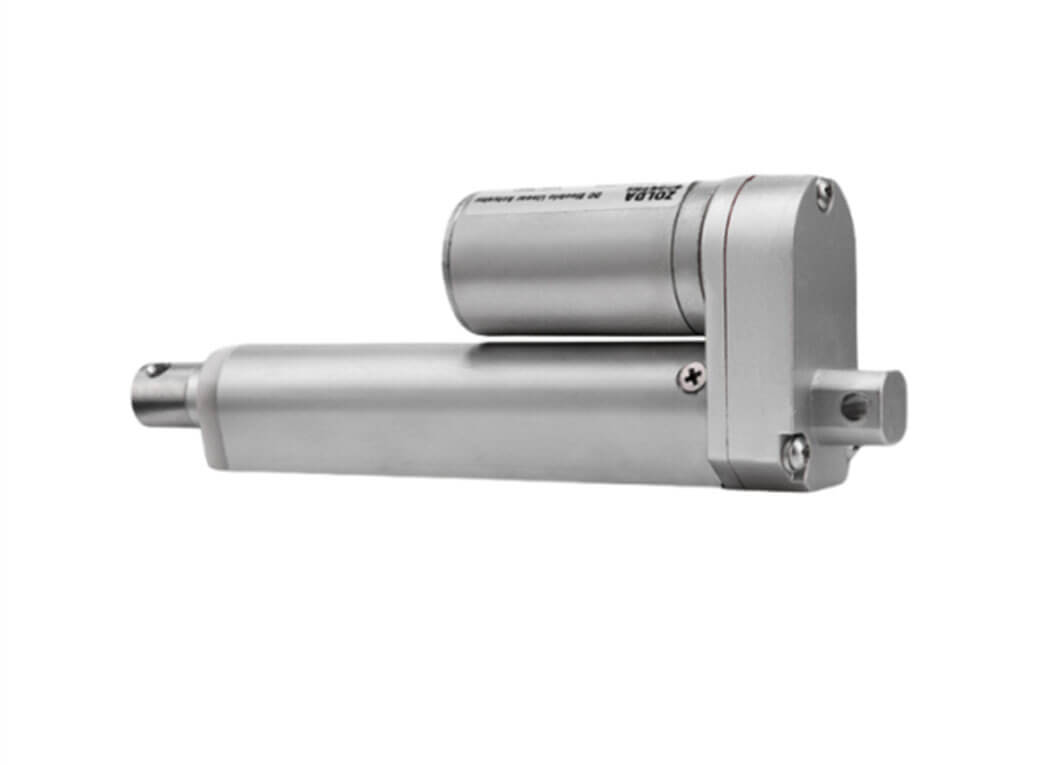
Problem — everyday and real
That robot arm that stalls under load.
That gantry that lags when you add a heavy part.
That machine that jitters and wastes time.
You need force that stays steady. You need motion that is precise and repeatable. You need a solution that does not add noise or cost to your line.
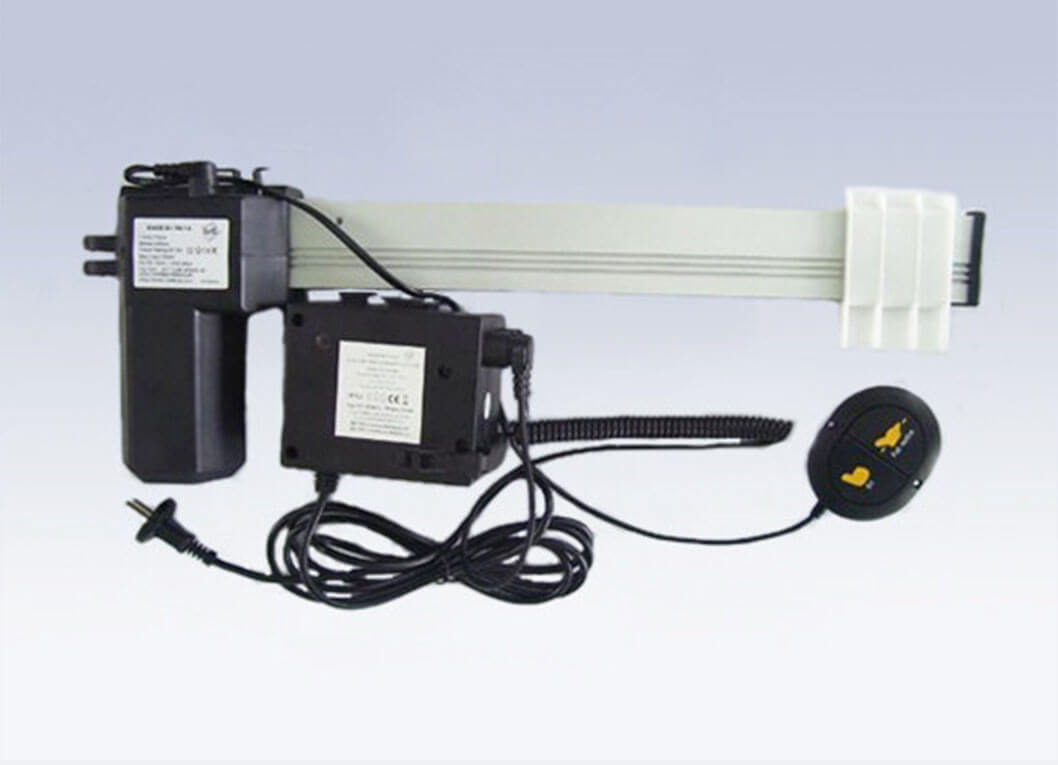
Agitate — why this hurts your work
When a joint slips you lose time and money. When a servo overheats you stop production. When a drive does not match your load you get vibration and bad parts. You may try hydraulics or big gearboxes. Those bring leaks, noise, and extra maintenance. Pneumatics can be fast and cheap but they lack finesse and repeatability. You want a clean, accurate, energy smart option that handles heavy loads like 100kg with ease.
Solution — how servo motor actuators with 100kg torque fix it
We at Jimi design and build systems that turn these headaches into smooth motion. A servo motor actuator with 100kg torque gives you strong, controlled force. It gives you precise position control. It saves energy when you stop and hold. Below we walk through how these systems work and how to pick one that fits your project.
What is a servo motor actuator and what does 100kg torque mean?
- A servo motor actuator is a motor plus feedback and drive that moves a joint or a load with control.
- 100kgf-cm equals about 10 Nm. This level of torque suits many medium-heavy tasks like gantry axes, palletizing arms, and Z-axis drives.
- Torque can be listed as continuous or peak. Continuous is what the motor can hold all the time. Peak is the short burst it can give for a move.
Core parts that make high torque possible
- Motor design: AC servo motors are common in industry for their power density and dynamic response.
- Magnet and winding choices: Strong magnets like neodymium and optimized windings deliver torque without big size.
- Gearbox: Planetary gearboxes add rigidity and low backlash. Harmonic drives deliver ultra-precision. Worm gears add self-locking for vertical loads.
- Feedback: High-resolution absolute or incremental encoders improve repeatability and position accuracy.
- Actuator form: Rotary servos can drive ball screws or rack and pinion to create linear actuator motion.
Key specs to check when you pick a 100kg torque servo
| Spec | What to look for |
|---|---|
| Torque | Continuous vs peak. For 100kgf-cm confirm continuous rating. |
| Speed | Motor RPM pre-gearbox affects application fit. Typical range 1,000–3,000 RPM. |
| Positioning accuracy | Aim for ±0.01 to ±0.001 degrees with high-res encoders. |
| Repeatability | Critical for robotics. Values near ±0.005 degrees are common. |
| Backlash | Low-backlash gearboxes under 3 arc-minutes boost precision. |
| IP rating | IP65–IP67 for dusty or wet sites. |
| MTBF | High-quality systems often exceed 50,000 hours. |
| Power | Voltage and current affect heat and duty cycle. Check power consumption. |
| Brakes | Holding brakes matter for vertical loads or safety. |
Where 100kg torque servos shine — real use cases
- Robotics: Heavy payload robotic arms and joint actuation.
- Gantry systems: Fast moves with heavy parts.
- AGVs and AMRs: Drive or lift mechanisms in material handling.
- CNC machines: Z-axis control for heavy workpieces.
- Packaging and palletizing: Pick-and-place of bulky goods.
- Aerospace and test rigs: High-force actuation with fine control.
- Renewable systems: Pitch control for turbines and solar tracking.
Why electric servos win over hydraulics or pneumatics in many cases
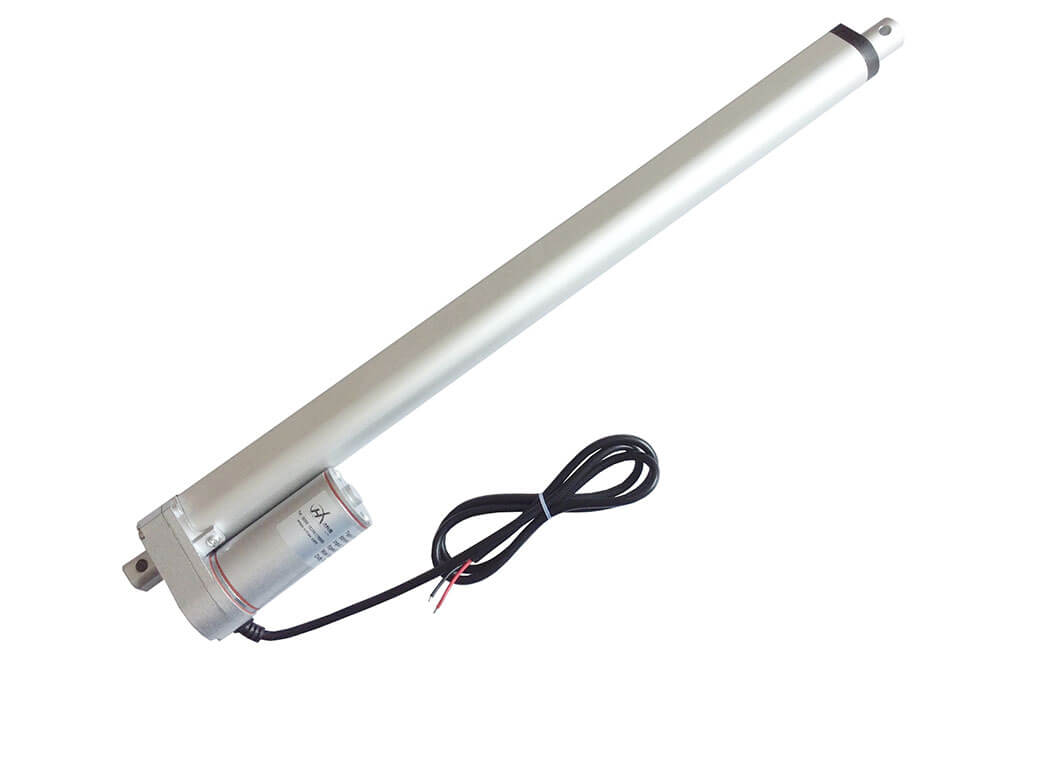
- Better precision and repeatability.
- Lower noise and no fluid leaks.
- Energy savings up to 30% in intermittent cycles thanks to regenerative braking.
- Simpler maintenance schedules and cleaner operation.
How to choose the right servo for your job — a simple plan
- Do a load analysis. Figure mass, center of gravity, and moments.
- Match inertia. Make sure motor inertia lines up with load inertia.
- Check acceleration needs. Faster moves need more torque at speed.
- Pick gearbox type. Planetary for strength and low backlash, harmonic for precision.
- Choose encoder resolution. Higher bits give better repeatability.
- Factor environment. Use IP67 for washdown areas.
- Select controls. EtherCAT or PROFINET work well for high-speed sync.
- Confirm duty cycle and MTBF. Pick parts rated for your run time.
Installation and care — keep it running longer
- Mount firmly and align shafts. Misalignments cause wear.
- Wire and ground drives per spec to avoid noise and faults.
- Tune PID and feedforward for your system. Proper tuning reduces overshoot and heat.
- Inspect gearboxes, lubricate as recommended, and replace seals when needed.
- Monitor with predictive maintenance when possible to avoid surprises.
Performance numbers that matter
- Torque ranges in industry go from 10 Nm to 50+ Nm for medium-heavy use. 100kgf-cm sits near the 10 Nm mark.
- Typical motor speeds are 1,000–3,000 RPM before gearing.
- Repeatability can be ±0.005 degrees with the right encoder and gearbox.
- MTBF often exceeds 50,000 hours in quality systems.
- Gearbox backlash for precision can be below 1 arc-minute for top systems.
We at Jimi — why partner with us
We have built motion systems for years. We make electric cylinders, planetary gearbox assemblies, and full system kits. We design for long life and for easy integration. Our factory keeps tight QC so your parts meet specs. We support integration with controllers and offer accessories like actuator controllers and linear guides so you can build a complete motion system fast.
Explore our resources
- Learn about our factory and product lines at China Linear Actuator Manufacturer.
- Browse our electric cylinders for linear actuation needs at Electric Cylinders.
- Find compatible drives and add-ons at Actuator Controllers.
- Check our gearbox options at Planetary Gear box Manufacturer From China.
Quick case snapshots
- Automotive assembly: Using 100kgf-cm servos with harmonic drives cut cycle time by 15% and improved weld repeatability.
- CNC machining: A 100kgf-cm servo on a robust ball screw gave micron-level surface finish on heavy parts.
- Packaging line: Servo gantries with 100kgf-cm actuators raised throughput by 25% vs pneumatic setups.
Future trends you should watch
- Higher torque in smaller packages as magnet and winding tech improve.
- Smart servos with IIoT links for predictive maintenance.
- Better energy efficiency and tighter integration with motion control networks.
Final checklist before you buy
- Confirm continuous torque rating and speed curve.
- Verify encoder type and resolution.
- Match gearbox to your task for backlash and rigidity.
- Ensure IP rating for your environment.
- Ask for MTBF and maintenance plan from the vendor.
- Get support for integration and commissioning.
Conclusion — move with power and with control
A servo motor actuator with 100kg torque gives you the strength and the precision to handle heavy industrial tasks. It cuts downtime and reduces waste. It saves energy and simplifies maintenance. We at Jimi build and support systems that let you add this power with confidence. Contact our team to size a solution for your project and to see how we can help you move smarter.


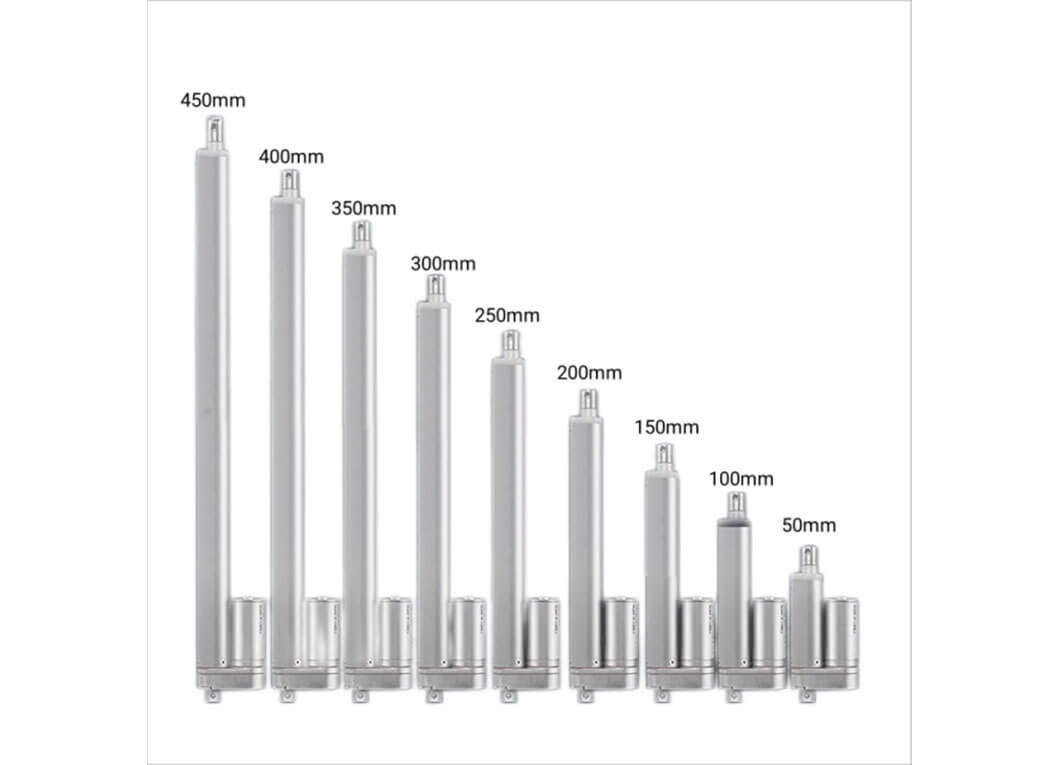
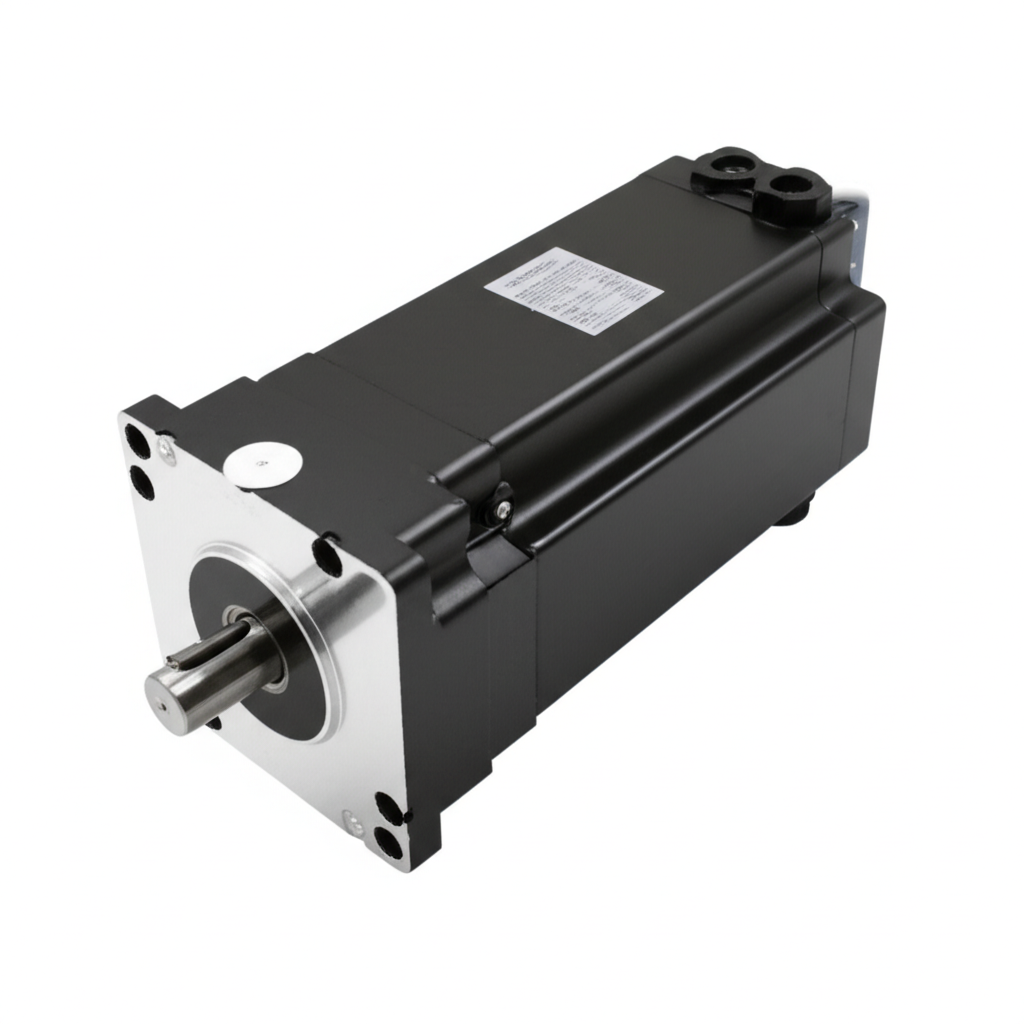

Leave A Comment